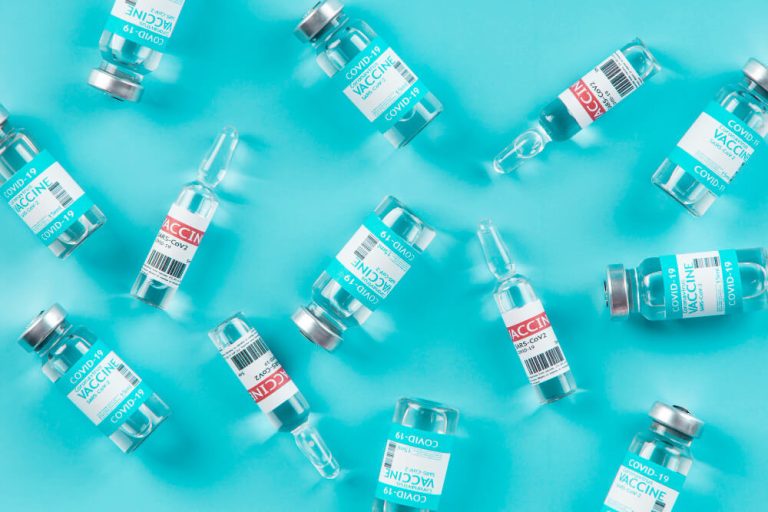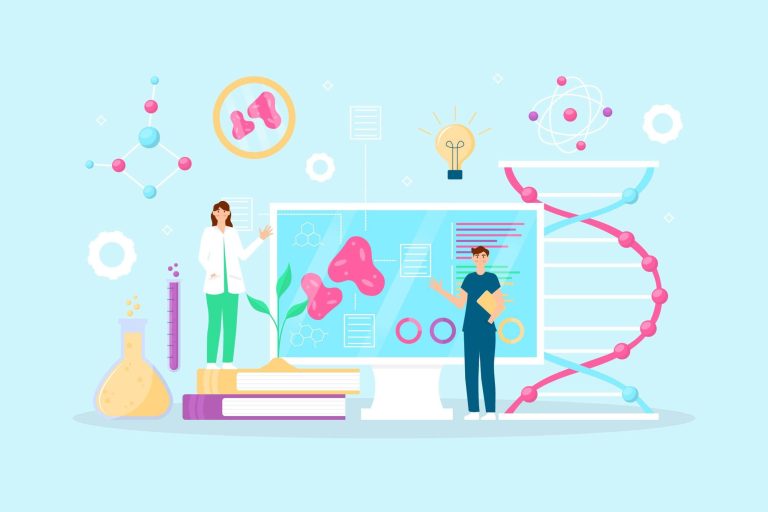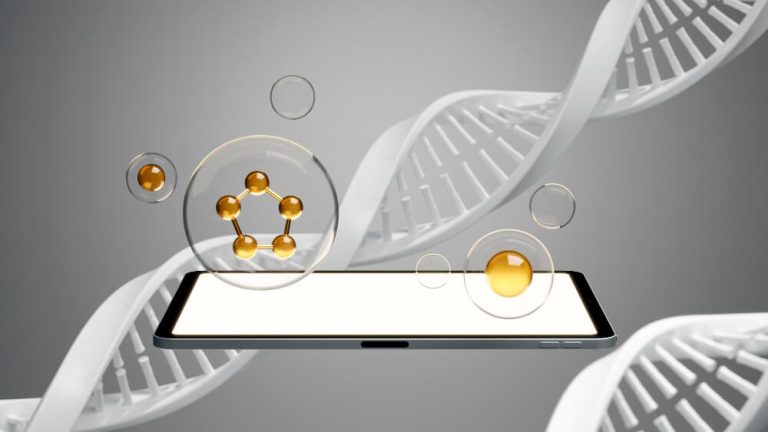Unlocking Your Genetic Blueprint: A Complete Guide to DNA Testing
Inside every cell of your body lies a complex and beautiful instruction manual, a biological blueprint that dictates everything from the color of your eyes to your predisposition for certain health traits. This manual is your DNA, and for centuries, its secrets were largely hidden from us. Today, we live in a remarkable era where we can read pages from this book of life, thanks to the revolutionary science of genetics.
The ability to analyze our own genetic makeup has moved from the realm of science fiction into our daily lives. It has become a powerful tool for understanding our past, present, and even our potential future. This exploration is made possible through the accessible and increasingly sophisticated world of DNA testing.
This technology offers a deeply personal glimpse into what makes you unique. Whether you are driven by curiosity about your ancestors, a desire to proactively manage your health, or an interest in optimizing your wellness, understanding your genetic code can provide invaluable insights. It empowers you to make more informed decisions, transforming abstract genetic data into actionable knowledge for a healthier, more informed life.

What Exactly Is DNA Testing?
To understand genetic testing, we first need to appreciate the marvel that is DNA itself. Imagine your DNA as an enormous library of cookbooks. This library is organized into 23 pairs of volumes, called chromosomes. Each cookbook within a volume is a gene, and each gene contains a specific recipe for building and maintaining your body.
These recipes, written in a four-letter chemical alphabet, tell your body how to make proteins, the fundamental building blocks of life. Genetic testing is the process of carefully reading the spelling in these recipes. It looks for variations, known as genetic variants or mutations, that can influence your body’s functions.
Most tests are surprisingly simple for the user. The process typically involves collecting a biological sample, which can be saliva, a blood sample, or a swab from the inside of your cheek. This sample contains your cells, and therefore your DNA. It is then sent to a laboratory where scientists use advanced technology to isolate your DNA and analyze it for specific markers or read entire sections of your genetic code.
The results provide a report on what the lab found. This could be information about your lineage, your risk for certain medical conditions, how you might react to specific medications, or your innate tendencies for certain physical traits. It is a translation of your biological code into a language you can understand.
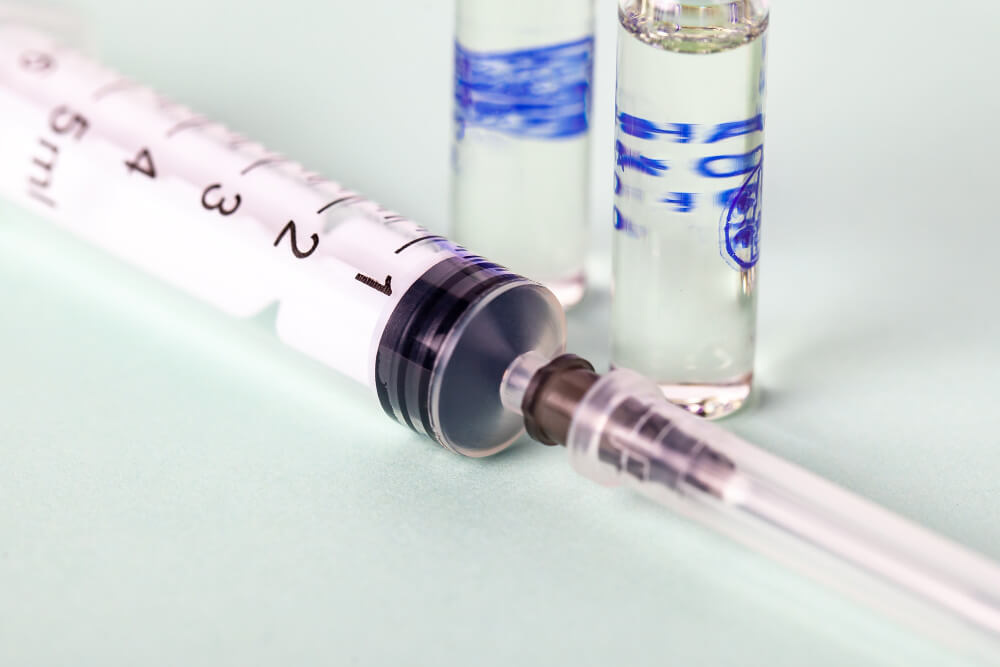
What Are the Different Types of Genetic Tests Available?
Genetic testing is not a one-size-fits-all service. The type of test you choose depends entirely on the questions you want to answer. The field is broad, with different tests designed for very different purposes, from uncovering family history to guiding critical medical decisions.
Understanding these categories is the first step in navigating this powerful technology. Some tests cast a wide net, looking at hundreds of thousands of markers across your genome, while others are highly targeted, searching for a single, specific genetic change. Let’s explore the most common types.

Can a DNA Test Reveal My Ancestry?
Yes, this is one of the most popular and well-known applications of DNA testing. Genealogical tests analyze your DNA to find clues about where your ancestors may have come from. They compare your genetic markers to reference populations from around the world to estimate your ethnic makeup in percentages.
These tests can also connect you with living relatives who have also taken a test from the same company and opted into a matching database. This feature has helped countless people build out their family trees, find biological family members, and connect with distant cousins they never knew they had. It is a fascinating way to see how your personal story fits into the grand tapestry of human migration and history.

What Can a Health-Related DNA Test Tell Me?
Beyond ancestry, DNA tests can offer a wealth of information about your health. Predictive and presymptomatic tests can identify genetic mutations that increase your risk for developing certain diseases later in life, such as specific types of cancer or neurological conditions. This knowledge can be a powerful tool for prevention and early detection, allowing you and your doctor to create a personalized screening plan.
Carrier screening is another important type of health test, primarily used by prospective parents. It can determine if you and your partner carry a genetic mutation for a condition that you could pass on to your children. Other tests focus on wellness traits, providing insights into how your genes might influence factors like your sleep patterns, diet, fitness, and metabolism.

How Does Pharmacogenomic Testing Work?
Pharmacogenomics, often called PGx, is a specialized and rapidly growing field of genetic testing. It focuses on how your unique genetic makeup influences your body’s response to medications. We all metabolize drugs differently, and our genes play a huge role in that process. Some people process a certain medication too quickly for it to be effective, while others process it so slowly that it builds up to toxic levels.
A pharmacogenomic test can help predict which medications and dosages might be most effective and safest for you. This can help doctors avoid a trial-and-error approach to prescribing, potentially reducing adverse drug reactions and ensuring you get the right treatment faster. It is a cornerstone of the movement toward personalized medicine.
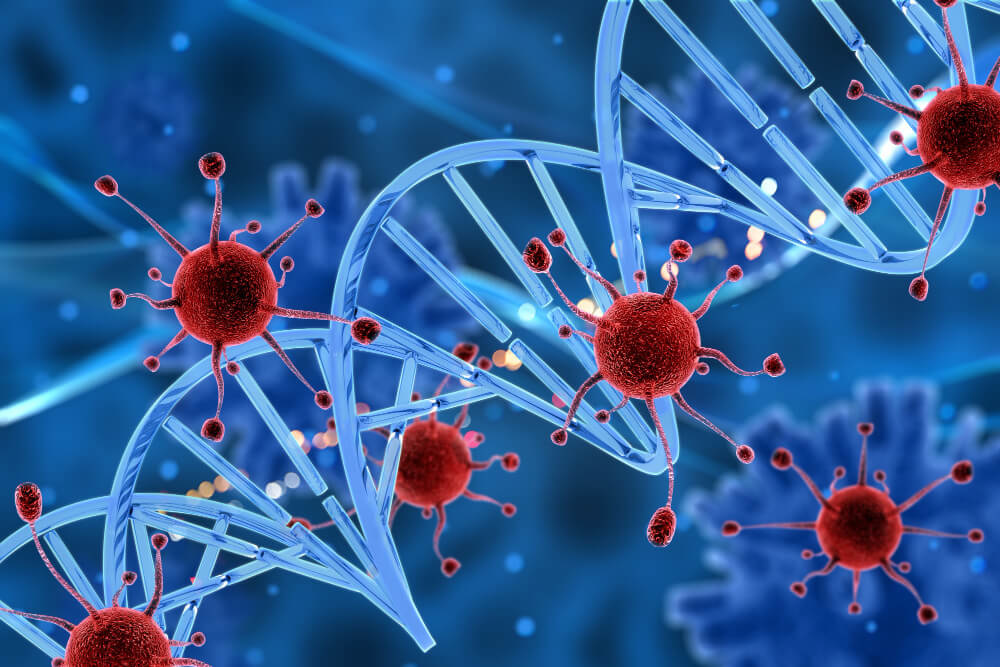
Is Direct-to-Consumer Testing Different from Clinical Testing?
It is crucial to understand the distinction between tests you can order online yourself, known as direct-to-consumer (DTC) tests, and those ordered by a healthcare provider, known as clinical or diagnostic tests. DTC tests are excellent for ancestry exploration and discovering non-medical traits. While many offer some health information, it is often not meant for diagnosis.
Clinical genetic tests, on the other hand, are ordered by a doctor to diagnose a specific condition or to create a precise medical treatment plan. These tests are performed in a clinical laboratory and are held to different regulatory standards. If a DTC test reveals a potential health risk, a healthcare provider will almost always order a confirmatory test in a clinical setting before making any medical recommendations.
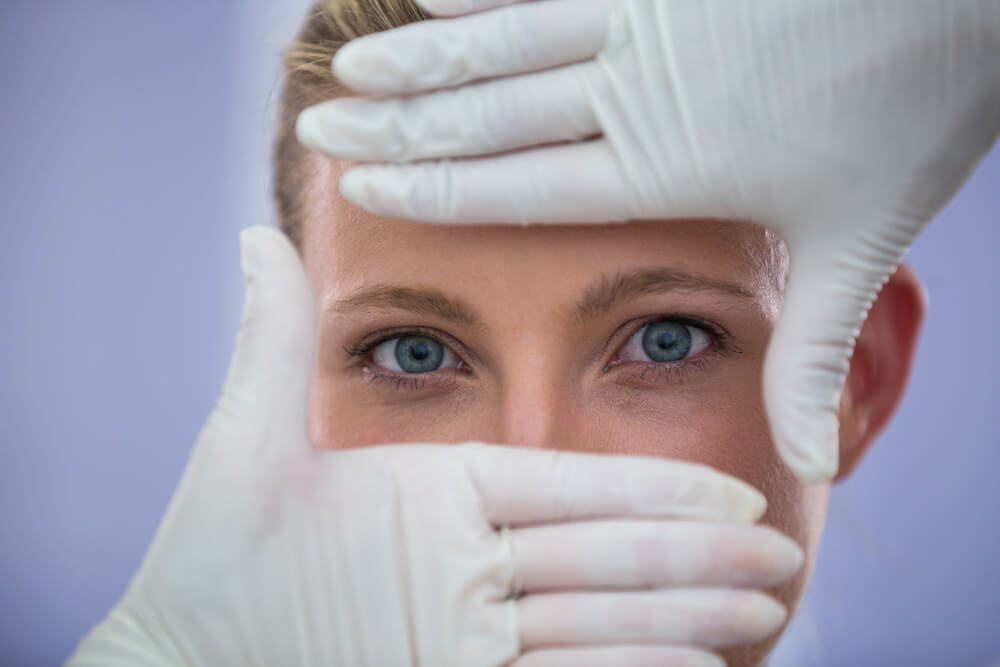
How Do I Choose the Right DNA Test for Me?
With so many options available, selecting the right test can feel overwhelming. The most important first step is to clarify your personal goals. Are you building a family tree? Are you concerned about a hereditary condition that runs in your family? Or are you interested in optimizing your lifestyle based on your genetic predispositions?
Once you know what you want to learn, you can research companies that specialize in that area. For those interested in a broad overview of ancestry and health traits, a well-known direct-to-consumer company like 23andMe might be a good starting point. These companies provide user-friendly reports and engaging online platforms to explore your results.
Before you buy, carefully review each company’s privacy policy. Your genetic data is highly personal, so you need to understand how it will be stored, used, and shared. Reputable companies are transparent about their data protection practices and allow you to control your privacy settings. Look for information on whether they share de-identified data with third-party researchers and make sure you are comfortable with their policies.
For anyone considering testing for medical reasons, consulting with a doctor or a genetic counselor is highly recommended. These professionals can help you understand the benefits and limitations of a test, interpret the results, and discuss the potential emotional and social implications. Authoritative sources like the National Human Genome Research Institute provide excellent guides and resources for patients considering this journey. Similarly, government bodies like the Centers for Disease Control and Prevention offer reliable, unbiased information about the state of genetic testing and its role in public health.

What Is the Process of Getting a DNA Test?
The journey from curiosity to discovery is surprisingly straightforward. For most direct-to-consumer tests, the process begins with ordering a collection kit online. The kit is mailed directly to your home and contains everything you need to provide a sample.
Inside the kit, you will find simple, step-by-step instructions. Most commonly, you will be asked to provide a saliva sample by spitting into a small tube. Some kits may use a soft cheek swab that you rub on the inside of your cheek. This process is painless and takes only a few minutes to complete. After collecting your sample, you seal it in the provided packaging and register your kit’s unique barcode online. This registration links your specific sample to your private account.
Then, you simply mail the kit back to the company’s laboratory using the pre-paid mailer. Once it arrives at the lab, the real science begins. Technicians extract your DNA from the sample and analyze it using a technique called genotyping, which looks at hundreds of thousands of specific points in your genome. The core of this process relies on a deep understanding of genetic testing methodologies that have been refined over decades.
Depending on the company and the complexity of the analysis, you can expect to receive your results in a few weeks to a couple of months. You will typically be notified by email when your report is ready to be viewed through your secure online account. The results are usually presented in an interactive and easy-to-navigate format, allowing you to explore your genetic story at your own pace.
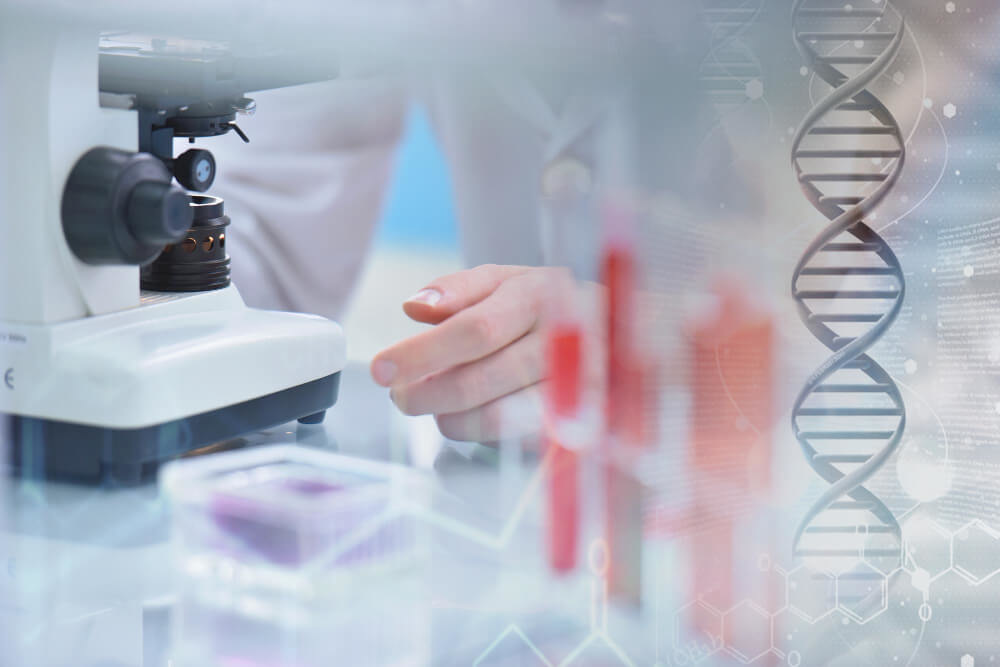
How Is Genetic Information Being Used in Modern Medicine?
The integration of genetic information into healthcare is one of the most exciting frontiers in modern medicine. It is shifting the paradigm from a reactive, one-size-fits-all approach to a proactive, personalized, and preventative model of care. Doctors are increasingly using genetic data to tailor treatments and health strategies to the individual.
This is not just a futuristic concept; it is happening now. The clinical applications of genetic testing in primary care are expanding rapidly. A primary care physician might use genetic information to assess a patient’s risk for cardiovascular disease and recommend more aggressive lifestyle changes or earlier screenings than they might for a patient with a lower genetic risk. This allows for a more efficient allocation of healthcare resources and a focus on true prevention.
Pharmacogenomics is a prime example of this integration in action. Instead of prescribing a standard dose of a common medication, a doctor can use a patient’s genetic report to predict how they will respond. Learning how to integrate pharmacogenomics (PGx) into a practice is becoming a key skill for forward-thinking clinicians who want to minimize adverse drug events and maximize therapeutic efficacy for their patients.
Furthermore, genetic insights often serve as a gateway to a more comprehensive understanding of one’s health. For instance, discovering a genetic variant related to metabolic health might prompt a deeper investigation into specific biological markers. This could lead a person and their doctor to explore advanced diagnostics, such as learning how to measure NAD+ levels in patients, a crucial coenzyme involved in cellular energy and repair. Genetic testing, in this context, becomes the first step in a holistic, data-driven journey toward optimizing health and longevity.

What Are the Ethical and Privacy Considerations?
As with any powerful technology, DNA testing comes with important ethical and privacy considerations that everyone should be aware of. Your genome is the most personal information you have, and protecting it is paramount. When you send your sample to a lab, you are entrusting a company with this sensitive data.
Most companies have robust security measures in place, but it is essential to read their terms of service and privacy policies. Understand who owns the data, how it is used for research, and what your options are for deleting your data if you choose to do so. Being informed is the best way to protect your privacy.
There is also the concern of genetic discrimination. In the United States, the Genetic Information Nondiscrimination Act (GINA) provides federal protection against discrimination by health insurers and employers based on genetic information. However, these protections do not currently extend to life insurance, disability insurance, or long-term care insurance.
Finally, it is important to be prepared for the emotional impact of the results. You might discover surprising information about your family or learn about a health risk you were not expecting. Having access to a genetic counselor or a trusted healthcare provider can be invaluable in processing this information in a healthy and constructive way.
DNA testing is a remarkable tool that offers an unprecedented window into our own biology. It satisfies our curiosity about the past, empowers our health decisions in the present, and provides a glimpse into the future of personalized medicine. It is a journey of self-discovery, one that translates the complex language of genes into a story about you. By approaching it with curiosity, caution, and a clear sense of purpose, you can harness its power to live a more informed and proactive life.
Frequently Asked Questions
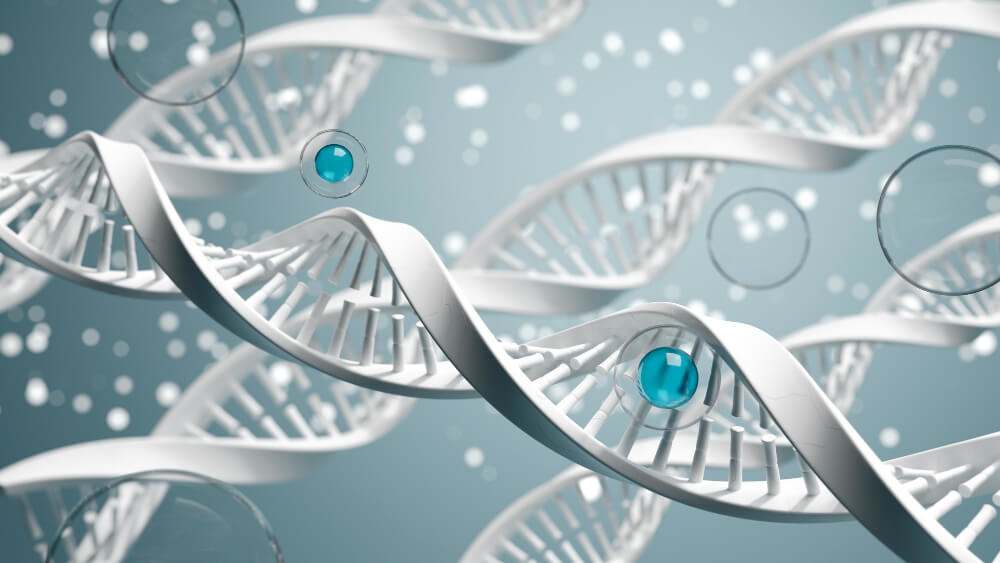
What steps should I take if the genetic test results don’t match the patient’s clinical presentation?
When a genetic report does not explain a patient’s symptoms, it is crucial to remember that the report is a single piece of a larger clinical puzzle. First, thoroughly re-evaluate the patient’s phenotype and detailed family history to ensure no key details were missed. You should also review the technical specifications of the test provided in the report, noting the specific genes analyzed and the limitations of the testing methodology.
If a strong clinical suspicion for a genetic condition remains, several actions are warranted. Contact the performing laboratory’s genetic counselors or directors to discuss the case, as they may offer additional insights or analysis. Consider a formal consultation with a medical geneticist to explore alternative diagnoses or recommend further, more comprehensive testing, such as exome or genome sequencing.

How should I handle a "Variant of Uncertain Significance" (VUS) when communicating with a patient?
When discussing a VUS, it is essential to clearly state that this is an inconclusive result, not a positive or negative one. Explain that the identified genetic change has unknown effects on health, and therefore, it cannot be used to confirm or rule out a diagnosis at this time. Crucially, emphasize that a VUS should not be used to guide major medical management decisions, such as preventative surgery or stopping recommended screenings.
Your counseling should focus on managing the patient based on their personal and family medical history, independent of the VUS finding. Inform the patient that laboratories regularly re-evaluate these variants as new scientific evidence emerges, and there may be an opportunity for reclassification in the future. Document the VUS and the counseling provided, and establish a clear plan for if and how the patient will be contacted with any updates.

What are secondary findings, and what is my clinical responsibility when they are reported?
Secondary findings, sometimes called incidental findings, are medically actionable genetic variants discovered in genes unrelated to the primary reason for testing. These are most common with broad genomic tests like exome sequencing and are typically limited to a specific list of genes associated with preventable or treatable conditions. The patient must have explicitly consented to receive these types of results before the test was ordered.
Upon receiving a report with a secondary finding, your responsibility is to ensure the result is communicated effectively to the patient. This involves explaining the finding, the associated condition, and its potential health risks in a clear and supportive manner. The definitive next step is to refer the patient to a genetic counselor and/or an appropriate specialist for follow-up care, which may include risk-reduction strategies, increased surveillance, and cascade testing for at-risk family members.
Are you a healthcare professional ready to lead the future of medicine? Discover the most comprehensive functional medicine training, longevity training, and biohacking certification programs designed specifically for healthcare professionals, medics, and clinic owners who want to master regenerative medicine protocols and anti-aging therapies. Elevate your practice with Talking Longevity.




